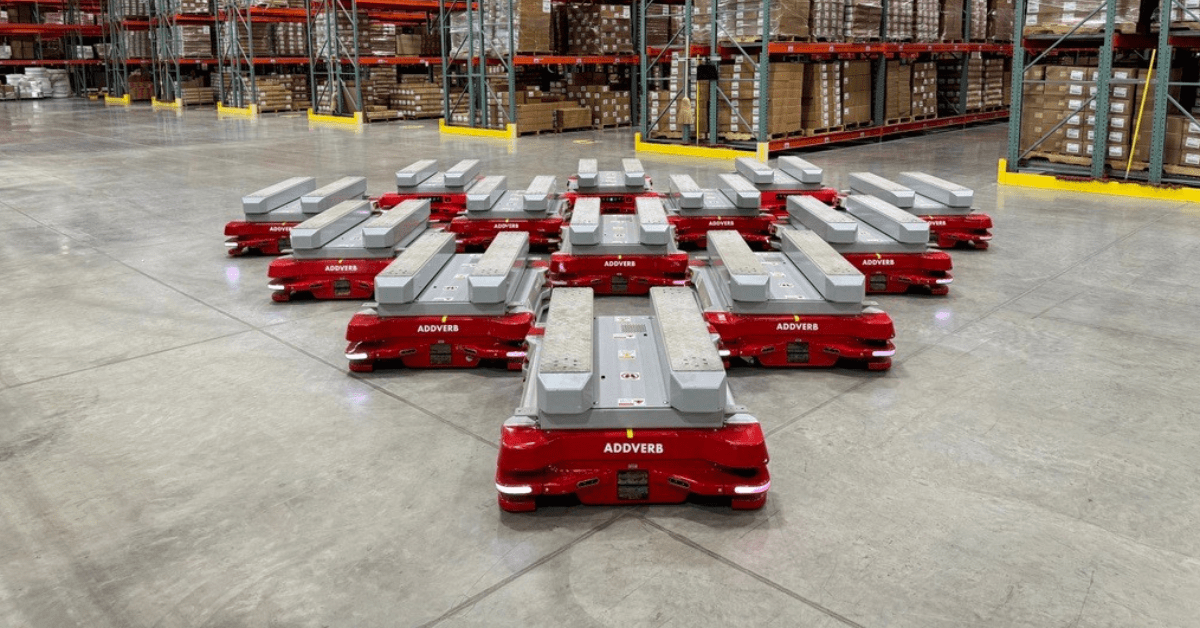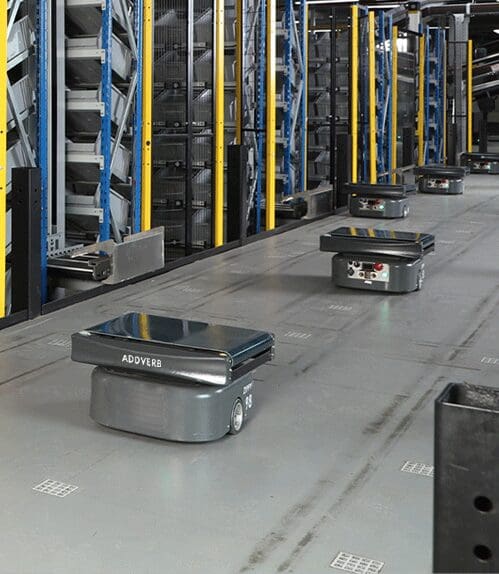Table of Contents
Due to consumers’ increasing desire for seamless, integrated shopping experiences, the worldwide omnichannel retail market is expected to rise to an incredible $11.1 trillion by 2026
Omnichannel fulfilment has emerged as a key success factor for companies trying to stay ahead of the curve. With this method, companies can oversee the complete order fulfilment process from a single point of control, handling everything from receiving and storing items to packing and sending them across several sales channels.
Operational simplification, a reduction in complexity, and the ability to adapt to changing market conditions are the outcomes. Retailers with strong omnichannel strategies have a 91% greater customer retention rate than their peers without an integrated strategy.
Source: The winning formula: What it takes to build leading omnichannel fulfilment operations, Mckinsey & Company 2021
Why Omnichannel Fulfilment Matters More Than Ever
Omnichannel fulfilment integrates various sales channels including brick-and-mortar stores, e-commerce platforms, mobile apps, and social media into a single unified experience. This holistic approach encompasses everything from order processing to inventory management and fulfilment, intending to improve operational efficiency and enhance customer satisfaction.
Discover how Addverb revolutionized omnichannel fulfilment for a 3PL player, optimizing space and prioritizing order flow for seamless B2B and B2C operations.
Here’s how retailers are transforming their operations to meet the demand for faster, more flexible services:
Real-time visibility and inventory optimization
Retail Systems Research reports that 87% of retailers believe that successful omnichannel fulfilment requires real-time inventory visibility. Business organisations may now check inventories across numerous channels in real-time thanks to advanced technology like barcode scanning, RFID (Radio Frequency Identification), and IoT-enabled sensors. In addition to preventing overselling, this improved insight guarantees precise stock levels and gives companies the ability to make well-informed decisions on inventory allocation and replenishment.
Unified Order Management Systems (OMS or UOMS)
Unified Order Management System is the backbone of any successful omnichannel fulfilment strategy. With a robust OMS, you centralize order processing, inventory tracking, and fulfilment among multiple channels. An OMS links to systems such as e-commerce platforms and point of sale (POS) systems which make sure there are no errors, keep the orders accurate and let the customers know when they are precisely delivered. Gartner estimates that, by 2025, 60 percent of top retailers will have invested in a unified OMS to make operations more efficient and reduce operational frictions.
Ship from Store, Local Fulfilment
According to Deloitte, physical stores can be used as local omnichannel fulfilment centres to cut last-mile delivery costs by 20–30 percent with ship-from-store strategies. Retailers can also save money on transportation costs, cut delivery times, and better use their in-store inventory by tapping into nearby brick-and-mortar locations for online order fulfilment. With 50% of retailers now implementing ship-from-store capabilities (source: National Retail Federation). This is a fast-growing strategy in line with consumer demand for faster deliveries.
Customer-centric experiences and personalization
Personalization is no longer just a retail trend in today’s marketplace, it’s necessary. Retailers are increasingly using data they have from different touchpoints, including physical stores, and online and mobile apps, to provide customer-specific shopping experiences. Personalization offers a major opportunity here, whether it’s personalized product recommendations, exclusive offers, or dynamic marketing campaigns, personalized communication can facilitate stronger, more meaningful customer connections.
- Click-and-Collect (BOPIS): Buy Online, Pick-Up In-Store (BOPIS) services have seen 43% year-over-year growth. This model not only offers customers the convenience of online shopping but also drives 30% more unplanned in-store purchases according to Forbes.
- Last-Mile Delivery Innovations: In fact, the last mile of delivery, i.e. last leg of delivery, is crucial to the overall customer experience. Retailers must innovate because last-mile delivery costs, accounting for up to 53% of total shipping expenses is crucial. Strategies such as crowd-sourced delivery, locker pickup, and partnerships with third-party logistics (3PL) companies are all helping to reduce costs and improve delivery times (Source: Several of the main insights on IT innovation are presented on the website, Capgemini Research Institute).
Automating and Using Cutting-Edge Technologies
As omnichannel fulfilment continues to evolve, automation and advanced technology are bringing an element of efficiency to the operation and reducing operational costs as a result. Here’s how:
- Warehouse Management Systems (WMS): With SaaS and Bots, the Warehouse Management Software is advancing with automation, Machine Learning, and real-time data processing solutions to enhance inventory management and picking simplicity.
- Robotics and Autonomous Mobile Robots (AMRs): As the robots begin to take over in fulfillment centers, speed and accuracy are out the window. Automating tasks like picking, packing and sorting takes away the communication mistakes that can occur between people and increases overall throughput. Further better warehouse operations are by Autonomous Mobile Robots (AMRs) supplying efficiently transported goods and replacement of manual labour.

- AI and Predictive Analytics: AI is allowing retailers to predict demand patterns optimize stock levels, and make data-based decisions. Prediction analytics help prevent stockouts, reduce overstock and provide timely reordering.
Omnichannel Success Powered by Software Solutions
With omnichannel logistics taking on ever greater complexity, the software is crucial to managing fulfillment operations. For instance, Addverb’s enterprise solutions Optimus and Concinity are redefining warehouse management:
- Optimus: This is a programmable Warehouse Management System (WMS) that balances workload, manages inbound and outbound logistics, and an ideal interface for real-time visibility to ERP and OMS platforms.
- Concinity: As part of its work in the warehouse, Addverb’s Warehouse Execution System (WES) coordinates material and information flow across automated systems in the warehouse to increase productivity and improve order accuracy for on-time fulfilment.
Staying ahead in the Era of Omnichannel
Retailing is changing rapidly and strategizing an omnichannel fulfilment approach for retailers is crucial due to the ever-changing needs of consumers. As businesses operate, they are using inventory management, last-mile delivery, and automation to not only get products to consumers faster, but as to deliver personalized, efficient, and cost-effective services.
Key Takeaways for Retailers
- Get real-time inventory visibility and optimization to build accuracy across channels.
- Unify your Order Management Systems (OMS).
- Use physical stores for local fulfilment to keep costs down and improve delivery times.
- Take an embracing approach with automation AI and robotics to boost accuracy while driving financial efficiency.
- Emphasis on last-mile delivery experience personalization customer interaction.
Through investment in these major areas, retailers can expect to satisfy and hopefully exceed, the expectations of today’s omnichannel shoppers, making their way in today’s ever-changing retail environment.
Founded in 2016, Addverb offers complete robotics solutions for warehouse and industrial automation, with a strong global presence through its subsidiaries worldwide. The company provides a range of in-house automation products, including Autonomous Mobile Robots, ASRS, and sorting technologies. It serves over 350+ clients, including well-known companies such as Coca-Cola, Amazon, and DHL.






